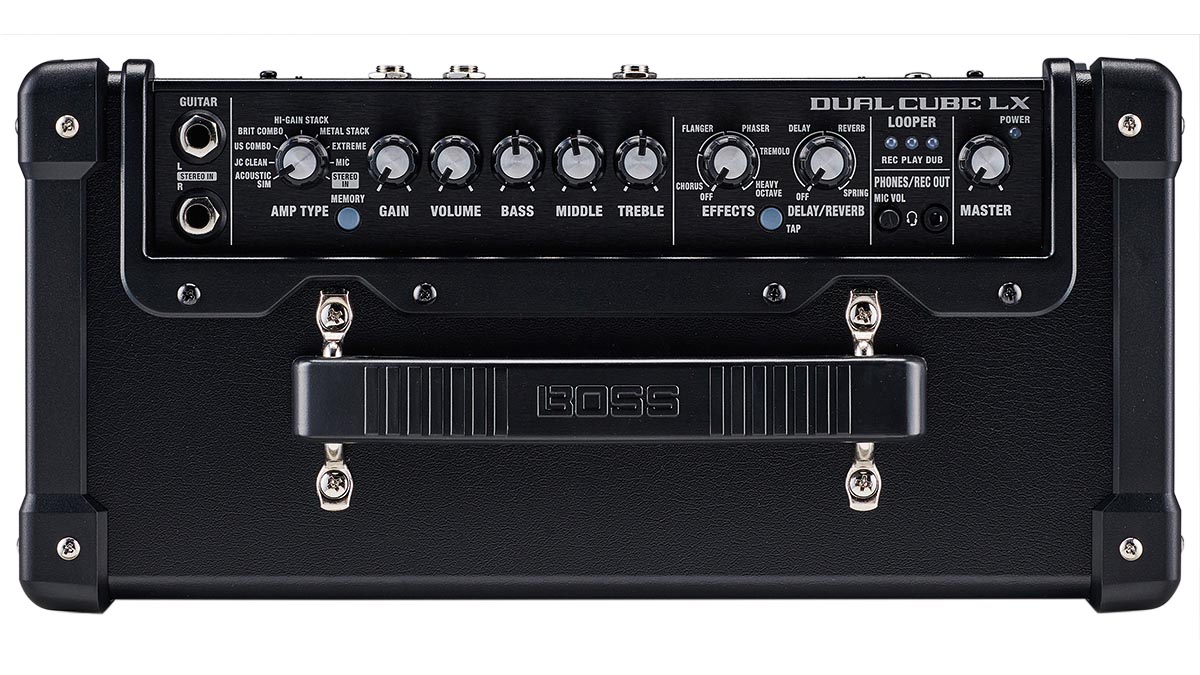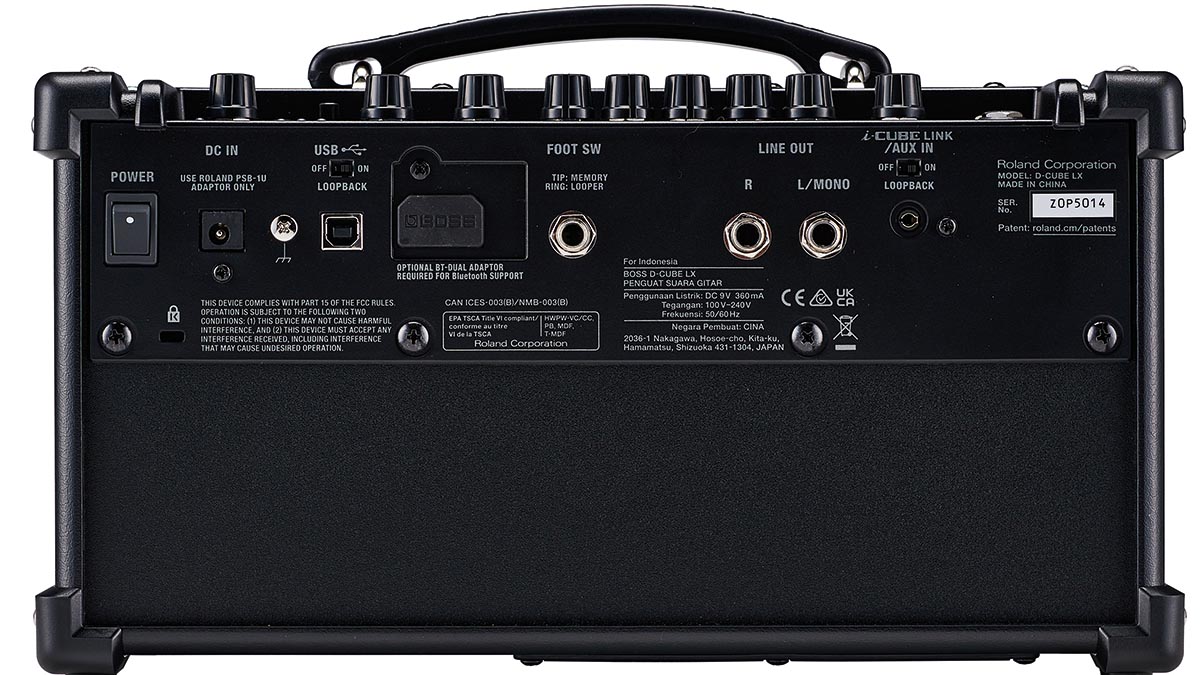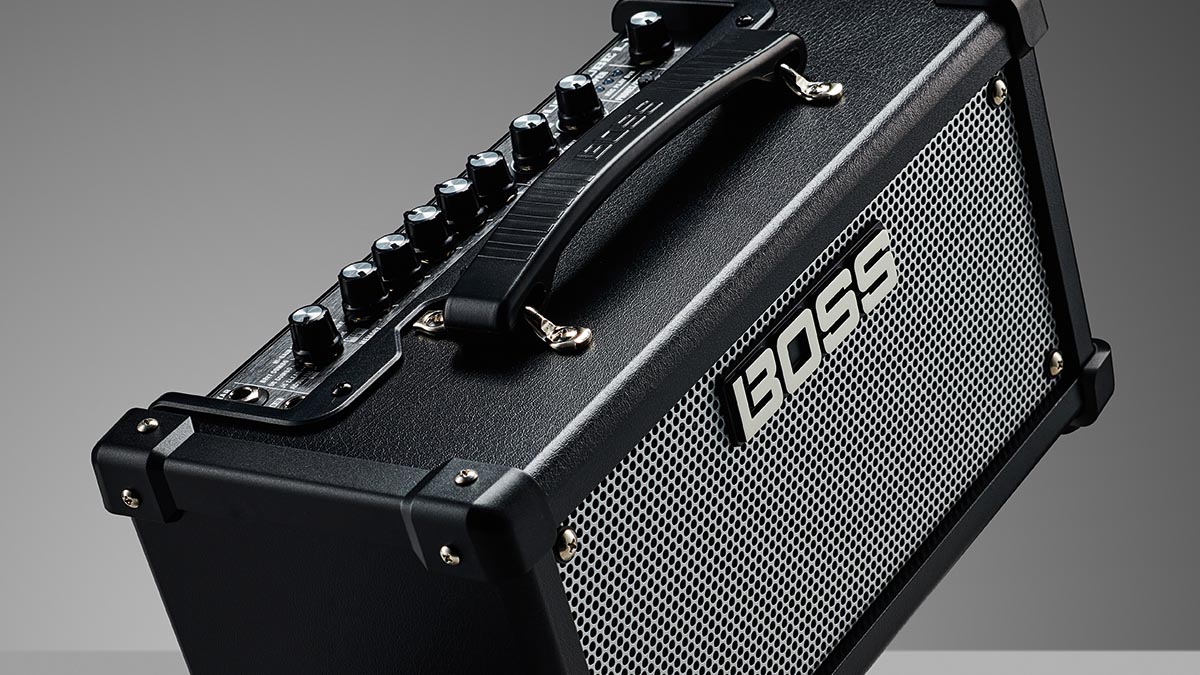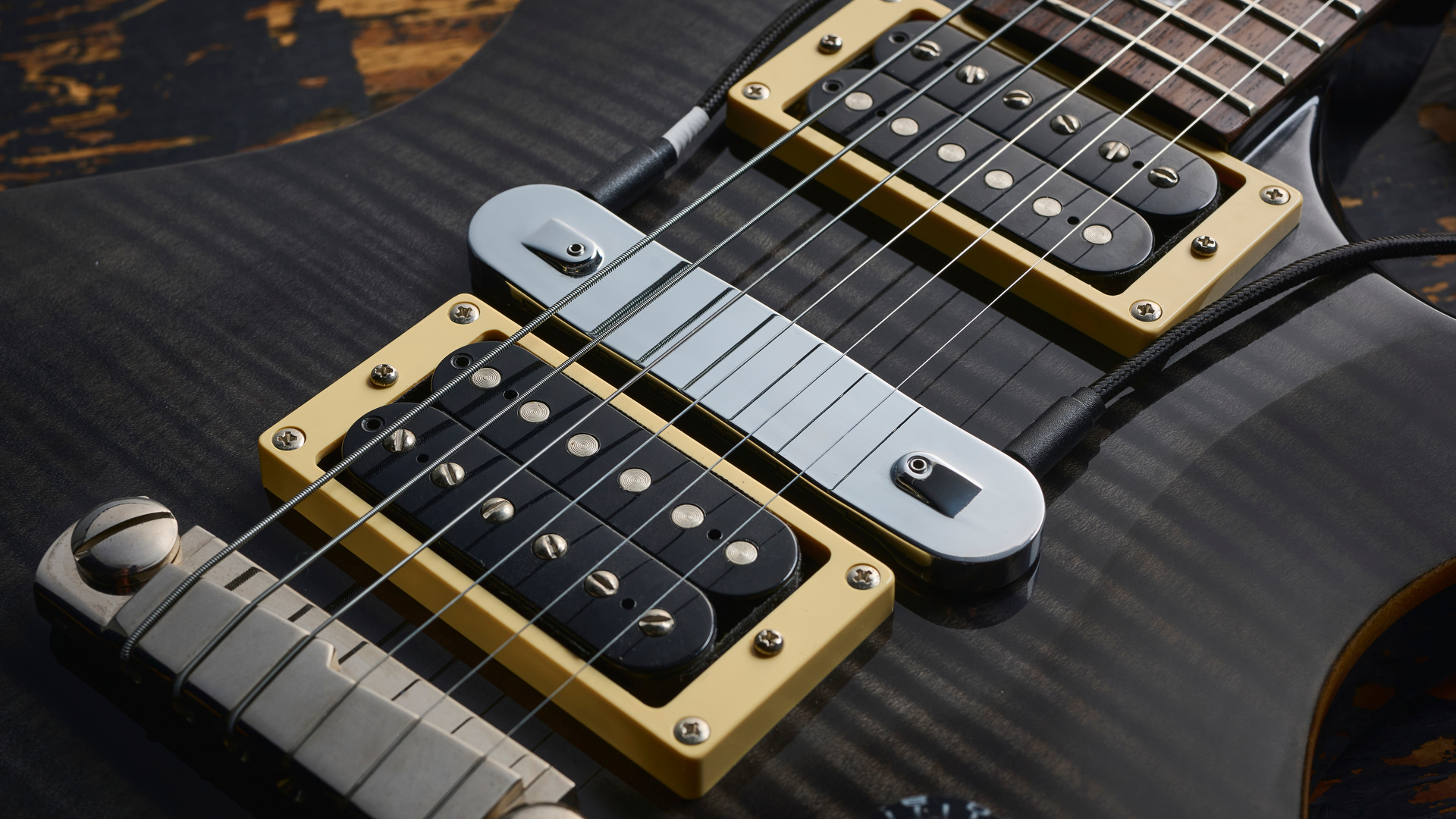Guitar World Verdict
If you’re looking for a desktop amp that covers all the bases and can be powered by battery or mains, look no further.
Pros
- +
Wide range of impressive sounds.
- +
Portable and durable.
- +
Full range of digital features.
- +
USB for deep edits and direct recording.
- +
Excellent, easy-to-use looper.
Cons
- -
Faces stiff competition from Positive Grid, Yamaha et al.
- -
Doesn't nail edge-of-breakup tones.
- -
Requires separate footswitch for looping.
You can trust Guitar World
It’s extraordinary to think that the first Roland Cube guitar amp dates as far as back as 1978, and since then there’s been over 50 versions, each promising high-quality tones with unparalleled portability for the guitarist on the move.
In 2021, with the introduction of the Cube Street II, the series was switched over to the Boss line – a sensible consideration given the brand’s guitar-centric legacy. The newest addition to the family is the Dual Cube LX, which offers more controls and features than any of its predecessors in a desktop amp format.
One of the most popular additions to the more expensive Cube Street II was its 45-second looper system, so busking/one-person-band types will be pleased to see that included here, though it requires an additional footswitch such as the Boss FS-6 – there are no onboard buttons to start and stop loops.
The footswitch input found at the back is also capable of navigating through the 27 memory presets – three for each of the seven amp types, plus another three for the Microphone and Stereo In channels.

Speaking of amp types, there’s a lot on offer: from a highly realistic Acoustic Simulator, Roland Jazz Chorus setting, Fender-esque US Clean and Vox-ish Brit Combo before you get to the more metallic options like Hi-Gain Stack, Metal Stack and the infinitely scooped Extreme.
It would be fair to say, as often with amps of this nature, it’s the ultra-low gain and high-gain tones that seem to work best – those opting for crystal cleans or heavily saturated levels of distortion will get the most out of the Dual Cube LX.
Convincing edge-of-breakup sounds for SRV-style blues will present more of a challenge, but then again it’s worth noting only a small handful of valve amps are capable of authentically replicating one of the most highly sought-after and exponentially lavish tones in guitar history.

As for effects, there are options for chorus, flanger, phaser, tremolo and heavy octave, and another dial for reverbs and delay with a tap tempo control – all of which perform to the dependably high levels Boss are renowned for, especially with the extra width provided by the stereo speakers.
Those looking to deep dive even further will be pleased to find that the USB socket at the rear allows for software editing and direct recording.
Though it’s plenty loud for its size, there’s also a stereo line out at the back, which could come in handy for performing in larger spaces where there’s an option to go through a mixing desk and PA.
With some stiff competition in recent years from the likes of Positive Grid and Yamaha, it’s clear Boss has been paying attention to what features have been most popular on Cube amps of the past and evolving the range in the right direction while also keeping affordability in mind.
Specs

- PRICE: $299 / £249
- TYPE: Portable 10-watt stereo desktop amp with effects
- ORIGIN: Made in China
- POWER: PSU or 8xAA batteries
- CONTROLS: Seven classic amp types, seven on-board effects, three-band EQ, tap tempo, looper, memory button, headphone mic volume knob
- SOCKETS: Mono/stereo input jacks, footswitch, headphones/recording out with in-built Cab Sim, USB type ‘B’, stereo line out, i-CUBE link/AUX in, Bluetooth/MIDI dual adapter
- WEIGHT: 3.3kg
- DIMENSIONS: [HxWxD] 215 x 341 x 162mm
- CONTACT: Boss
Amit has been writing for titles like Total Guitar, MusicRadar and Guitar World for over a decade and counts Richie Kotzen, Guthrie Govan and Jeff Beck among his primary influences as a guitar player. He's worked for magazines like Kerrang!, Metal Hammer, Classic Rock, Prog, Record Collector, Planet Rock, Rhythm and Bass Player, as well as newspapers like Metro and The Independent, interviewing everyone from Ozzy Osbourne and Lemmy to Slash and Jimmy Page, and once even traded solos with a member of Slayer on a track released internationally. As a session guitarist, he's played alongside members of Judas Priest and Uriah Heep in London ensemble Metalworks, as well as handled lead guitars for legends like Glen Matlock (Sex Pistols, The Faces) and Stu Hamm (Steve Vai, Joe Satriani, G3).













